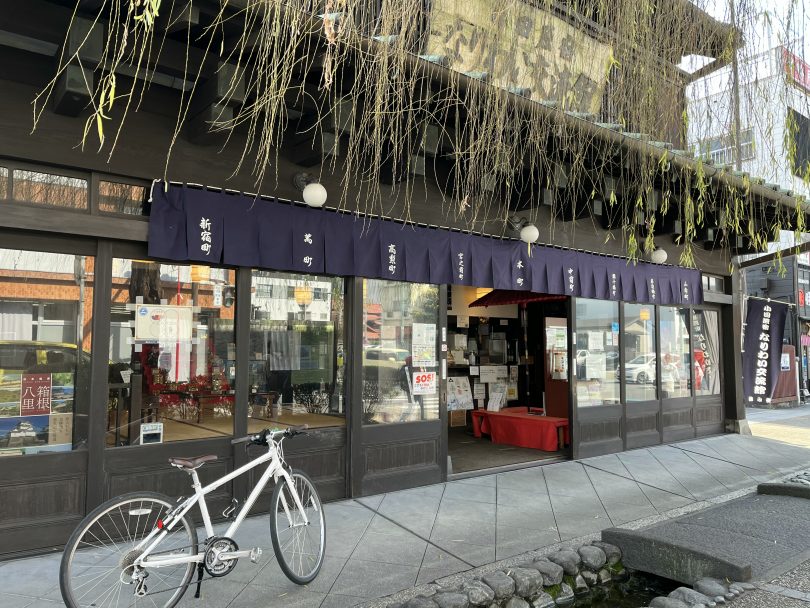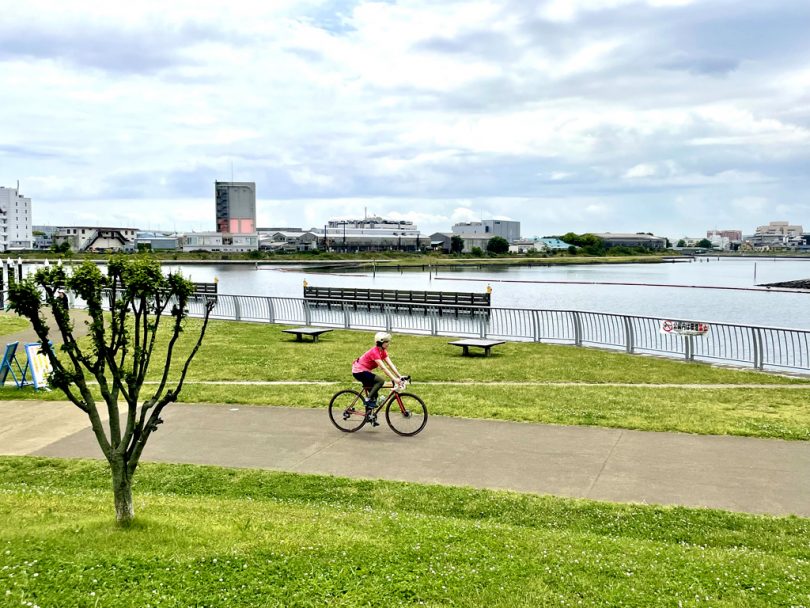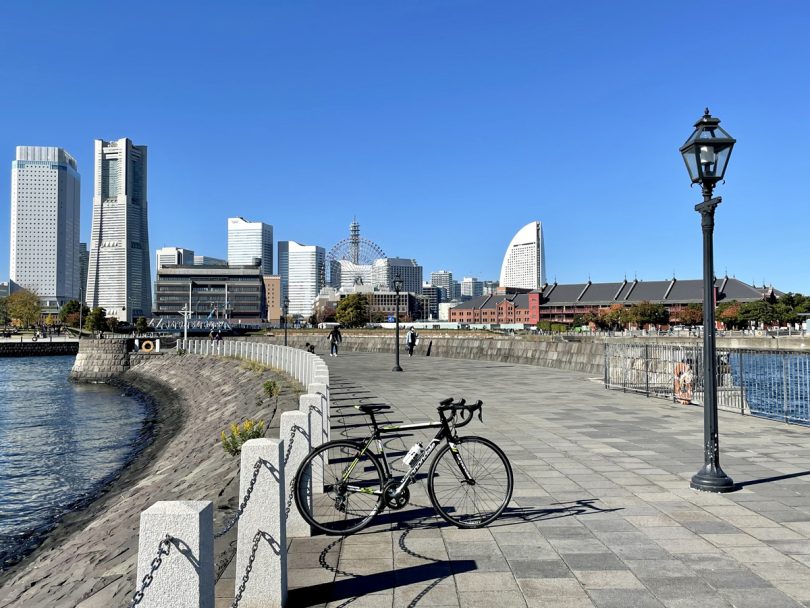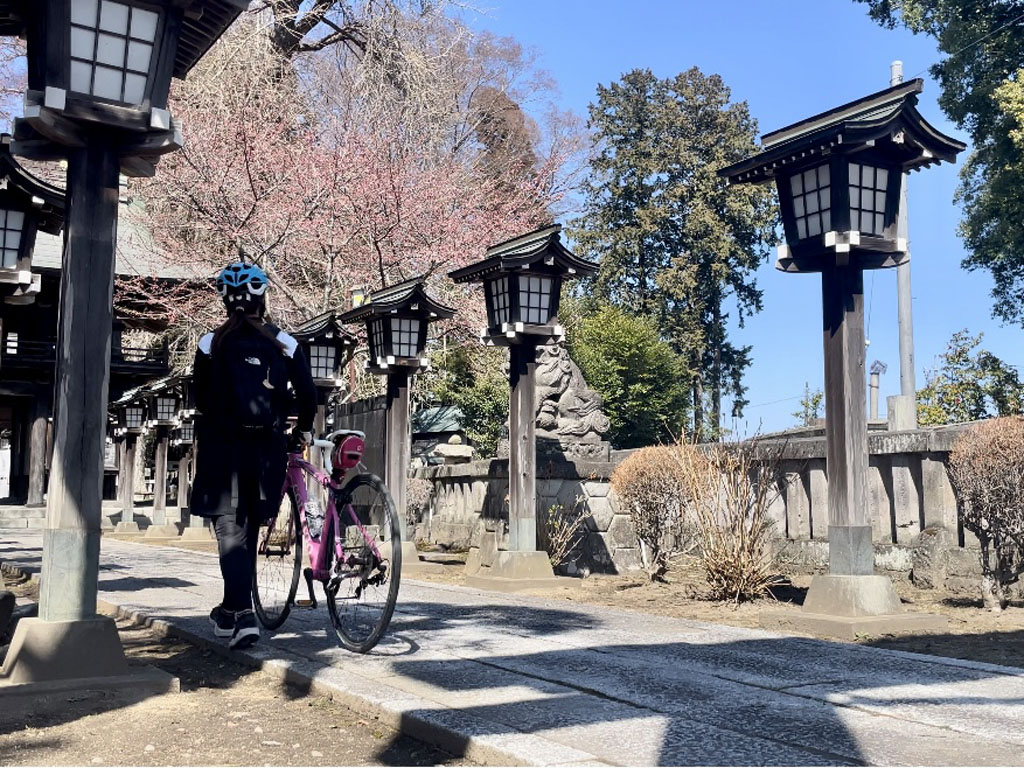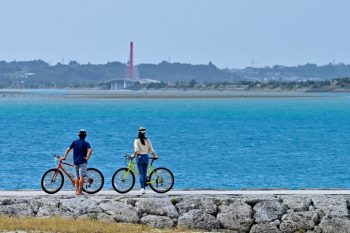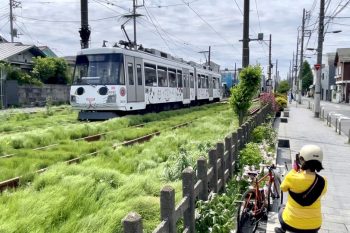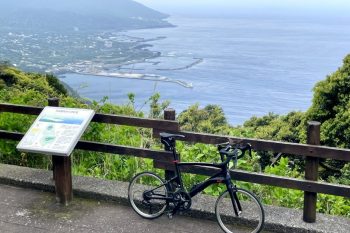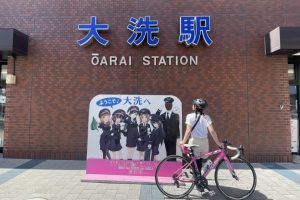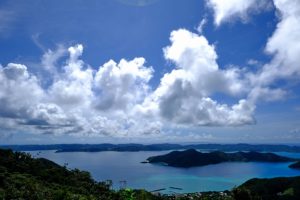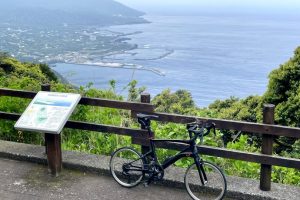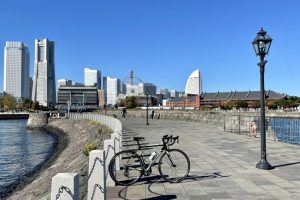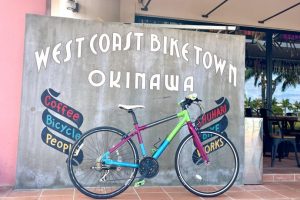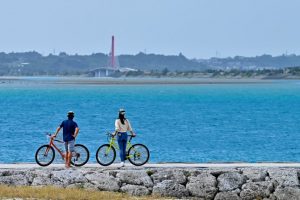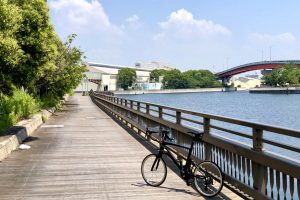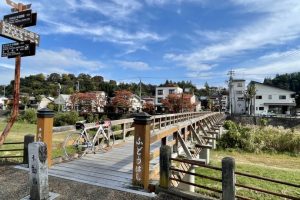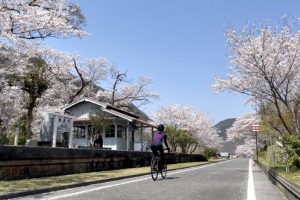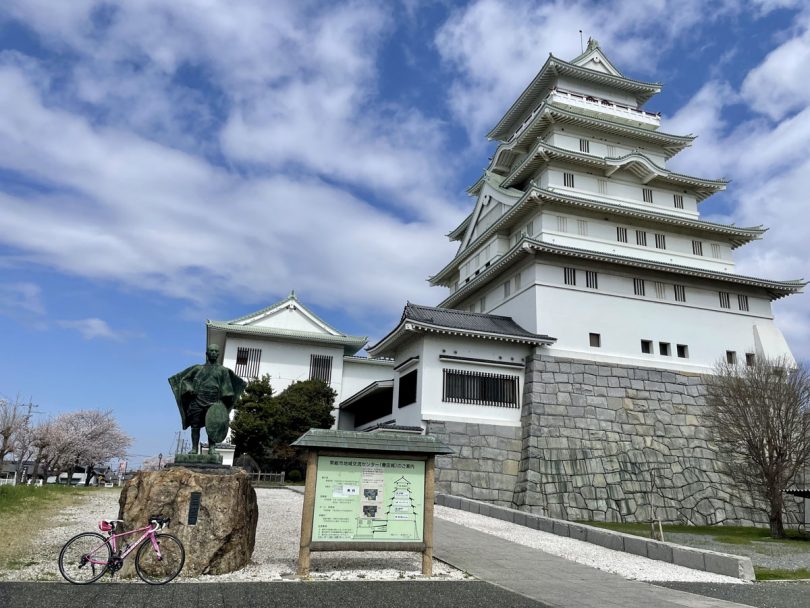
Located in the southwestern part of Ibaraki Prefecture, Joso City, a town rich in nature and rich in historical architecture with Kinugawa River flowing through it, was created in 2006 through the merger of Mizukaido City and Ishige Town.
Kinugawa River embankment, which was breached by the heavy rains in Kanto and Tohoku regions in 2015, has been used as a cycling path through the “Kawamachi Zukuri” project, utilizing the top of the embankment. Now that the levees have been largely repaired, we will tour the town while riding along the river.
Contents
Starting at the Ruins of Toyota Castle
The towering castle catches the eye from afar.
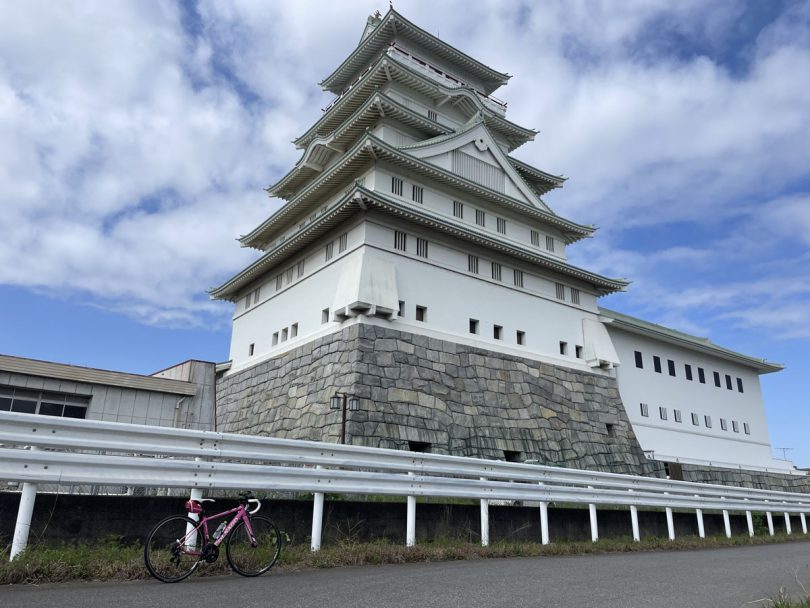
The castle was built by Toyoda clan, a member of Kanmu Taira clan that ruled this area from the late Heian Period to the Sengoku Period.
The castle was named Toyoda Castle and is now used by local residents as a regional exchange center. The castle tower is one of the tallest in Japan at 48.5 m. Inside, there is a hall that can accommodate 1,000 people, a history exhibition room, and an observation deck on the top seven floors.
Yutakaya Confectionery
First, I decided to visit Yutakaya Seika. It is located about 3km from Toyota Castle.
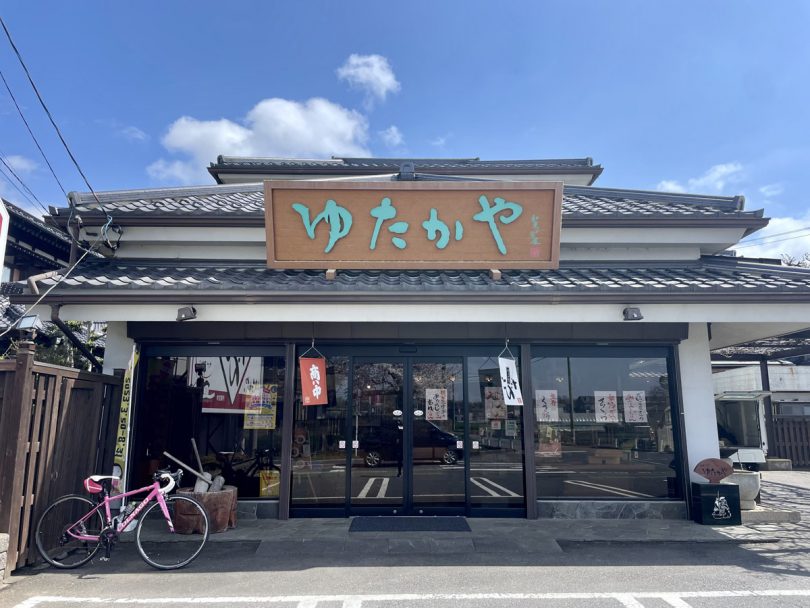
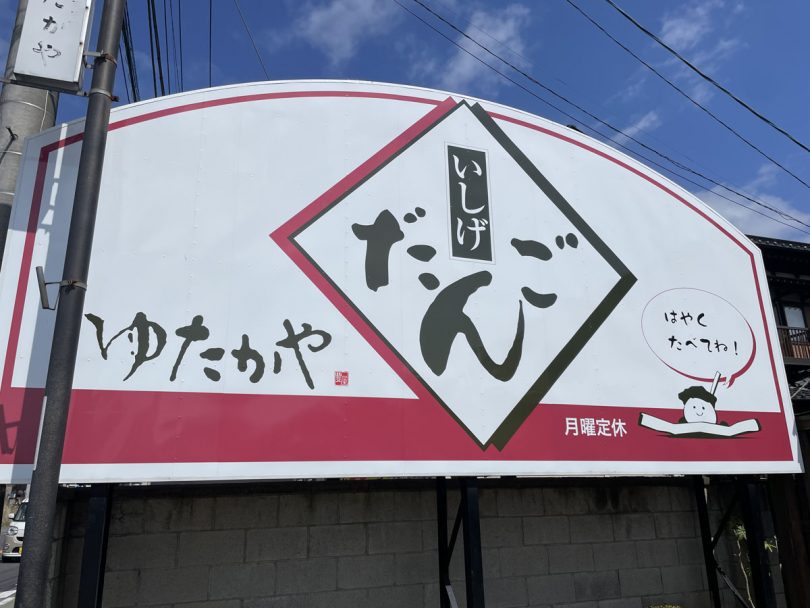
It is a long-established shop that was newly built and completed in September 1996, and opened to celebrate its 70th anniversary. Their specialty is “dango” (dumplings) made from local rice.
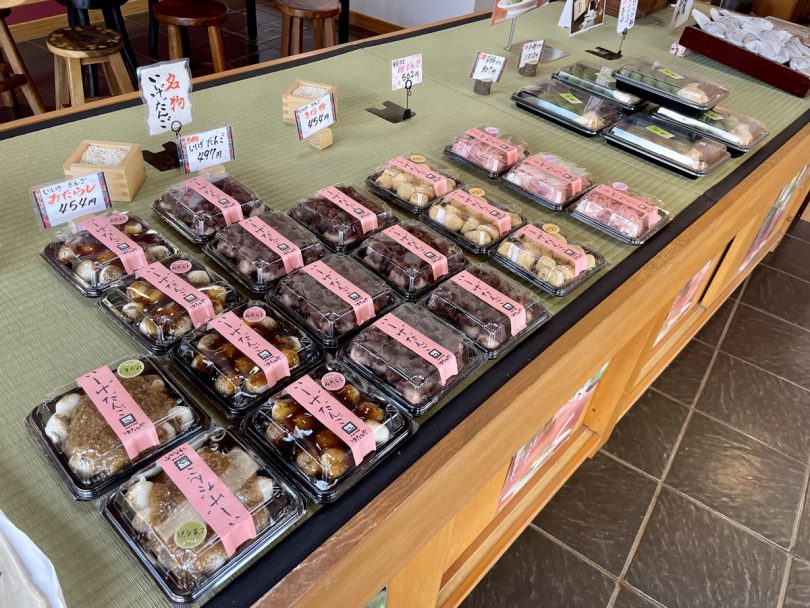
Among various kinds of dumplings, I found a cute one.

They are called “Cat bear dumplings.” When you buy them, they are baked in the store for a while and then dipped in a sauce of “Mitarashi” (sweetened soybean paste).

The dumplings were soft and sticky and filled with koshian (sweet red bean paste). The sauce went well with the dumpling and I finished it in no time.
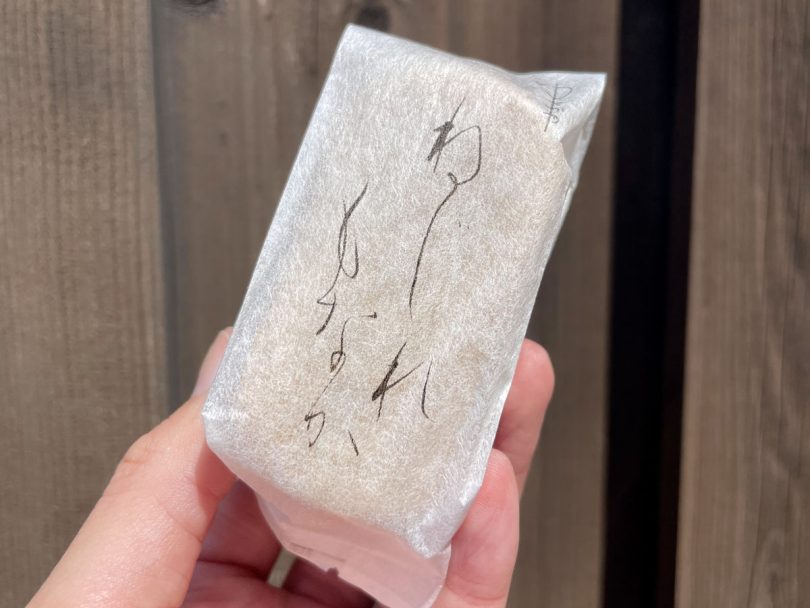
I bought “Nejiremonaka” as a snack on the way to the store. It is said to be a monaka filled with the craftsman’s specialties.
I continued on to Kinugawa.
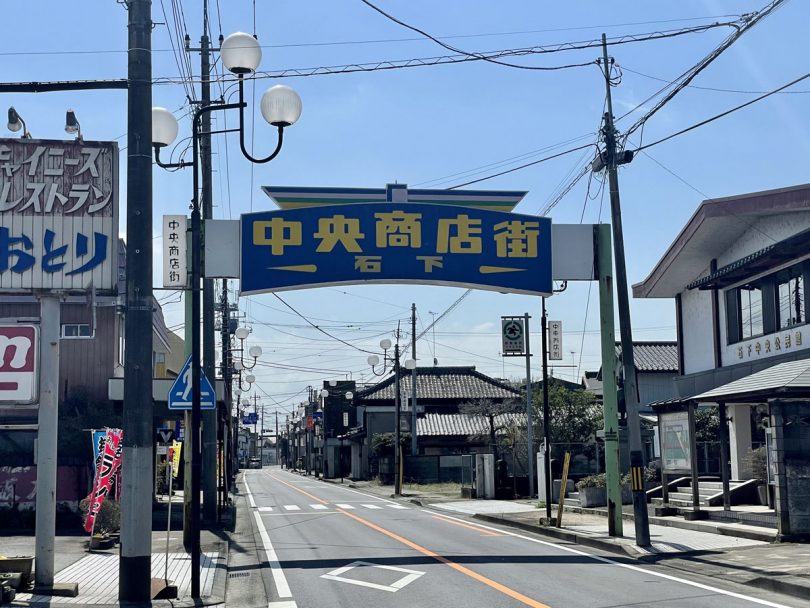
There was a retro shopping street sign.
Kinugawa River Cycling Road
Construction of the embankment is in progress, but some sections have already been put into service.

The road is for pedestrians and bicycles only, so it is safe to ride along.

The road is wide and open, and I felt very comfortable. The weather was nice and there were walkers.
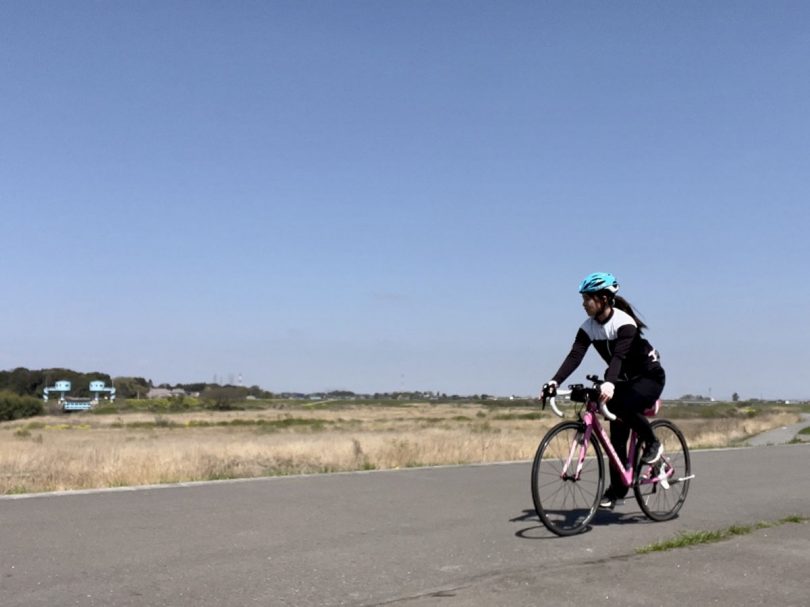
While cycling along the embankment of Kinugawa River, I found “Monument of Kinugawa River Embankment Breach.”
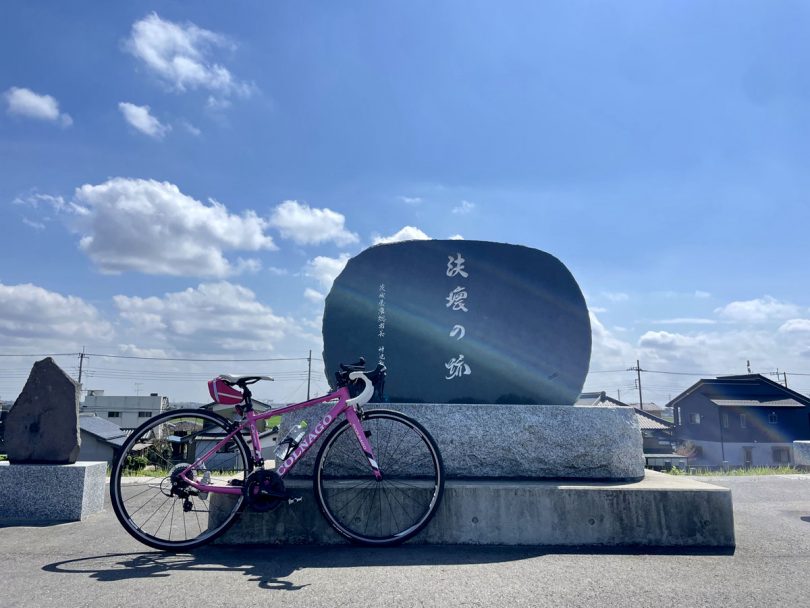
In September 2015, Kinugawa River burst its banks in a torrential downpour in Kanto and Tohoku regions, causing great damage.
The monument was built to convey the memory of the flood damage to future generations.
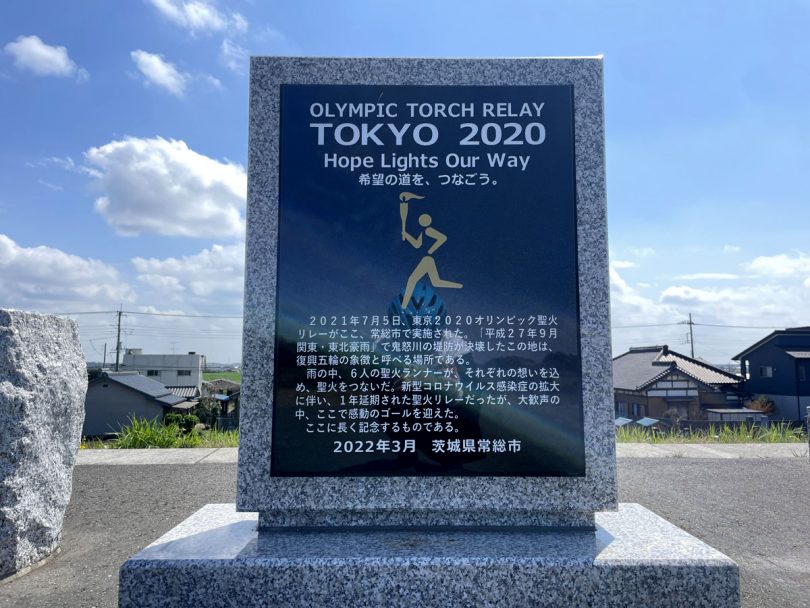
There was also a monument for the Tokyo Olympic Torch Relay.
Sakano Family Residence, Mizukaido Fudo Museum
We stopped by Sakano Family Residence, which is designated as a National Important Cultural Property.
The site is said to cover an area of 1hectare. Sakano family was a wealthy farmer in this area for a long time.
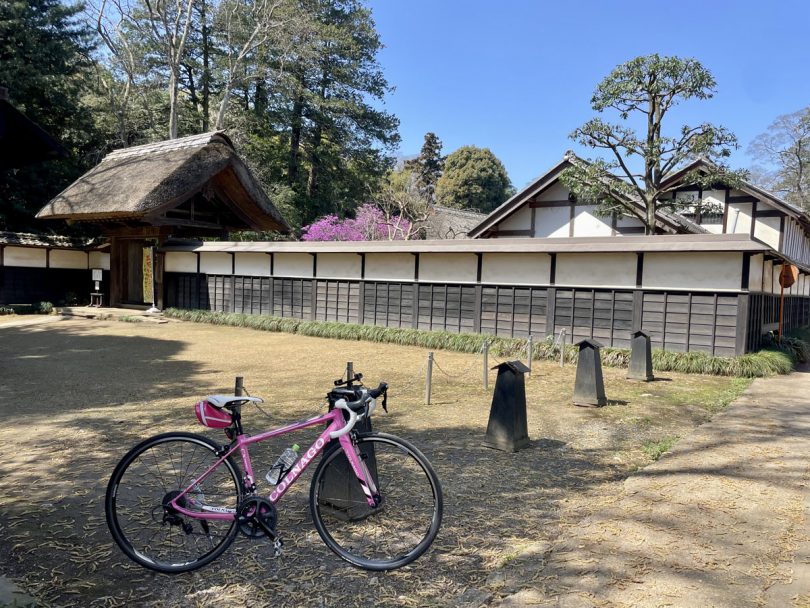
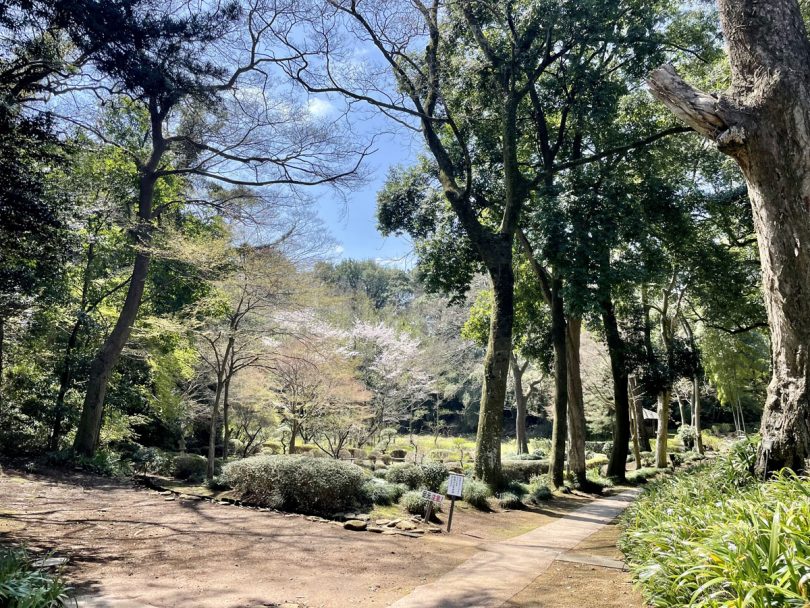
There is a wonderful Japanese garden.

The front gate is called “Yakuimon,” which was originally built in samurai residences.
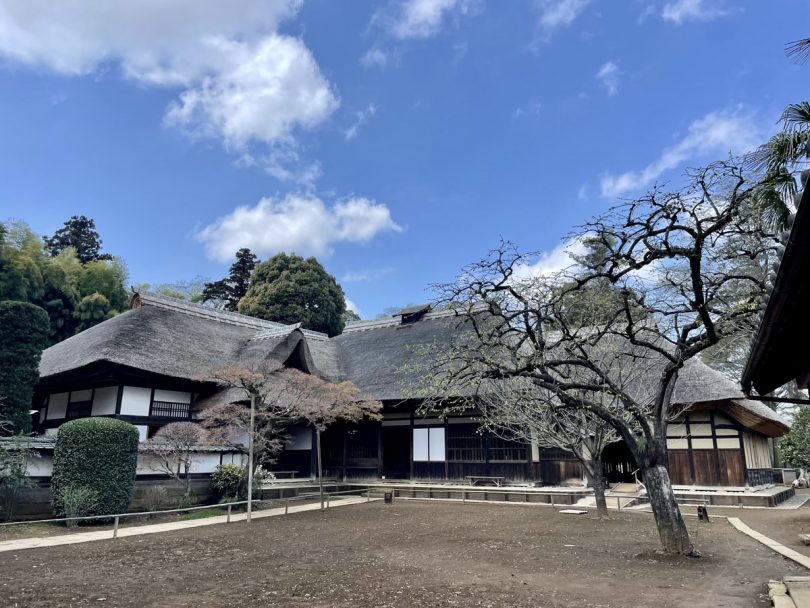
Passing through the gate is like stepping back in time.
After completing the reception, I watched a video about Sakano family and then went inside for a tour.

In the earthen floor is a cooking stove.
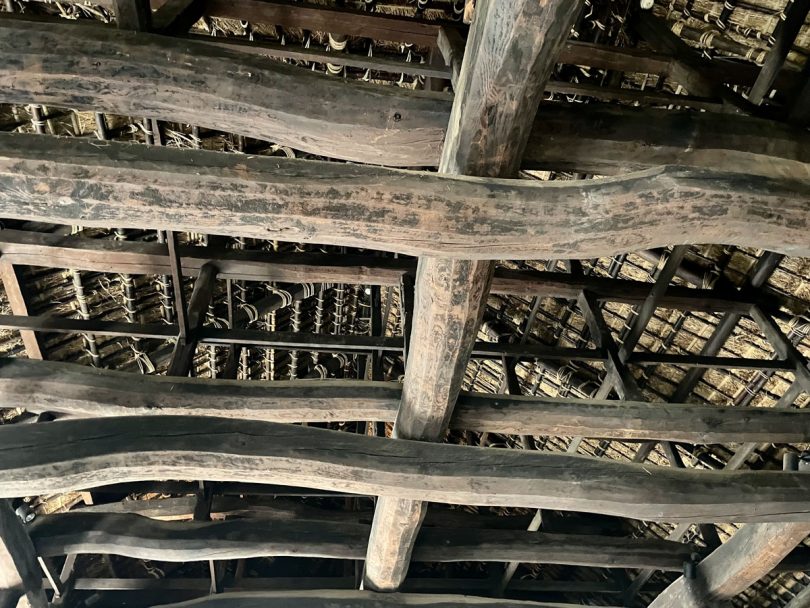
The beams are also very magnificent. It seems as if time is slowly passing by.
I learned that Sakano family has contributed greatly to the development of culture over a long period of time.
After enjoying the wonderful space, I headed to the next location.
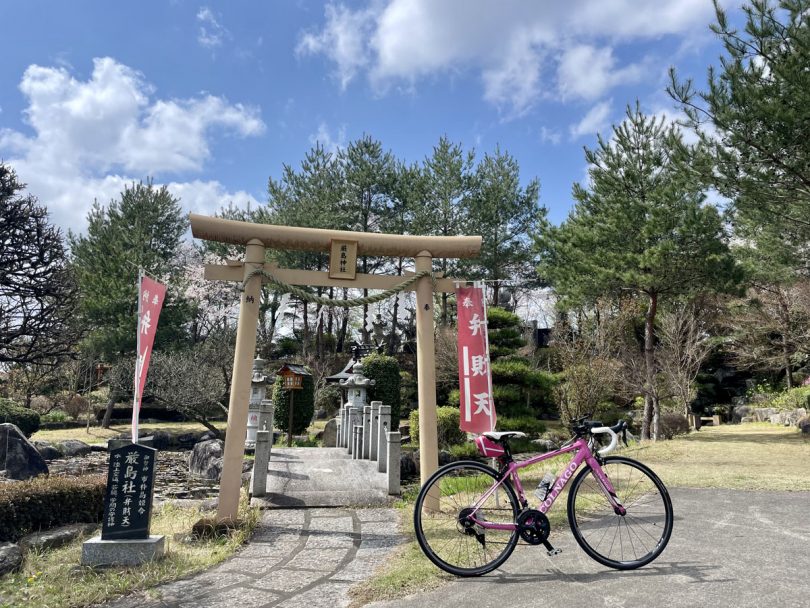
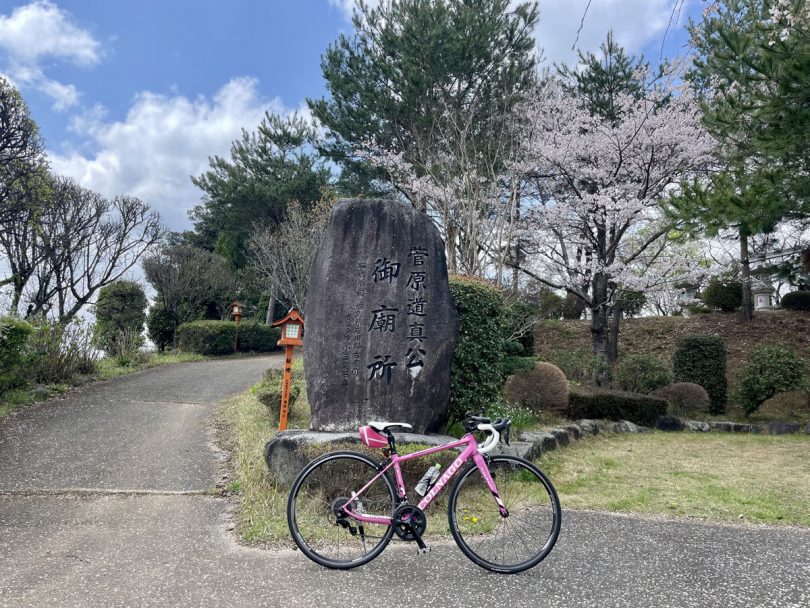
I stopped briefly at a shrine we found along the way.
Gugyoji Temple
Gugyoji Temple was founded in 1414 by Tanyoryojo-shonin. During the reign of the 10th Ryogaku-shonin, Tokugawa family donated a huge sum of money for the main hall, bell tower, and other structures. There is a tomb of Sen-hime, a grandson of Ieyasu Tokugawa. Someiyoshino cherry trees bloom in spring and higanbana (cluster amaryllis) bloom in fall.

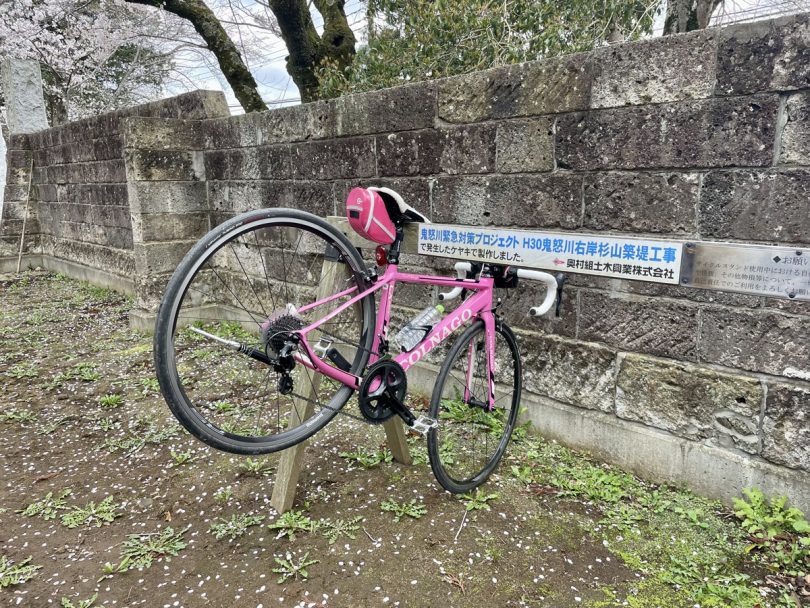
There is also a bike rack.

The items related to Sen-hime, such as a her picture, have been handed down to the next generation.
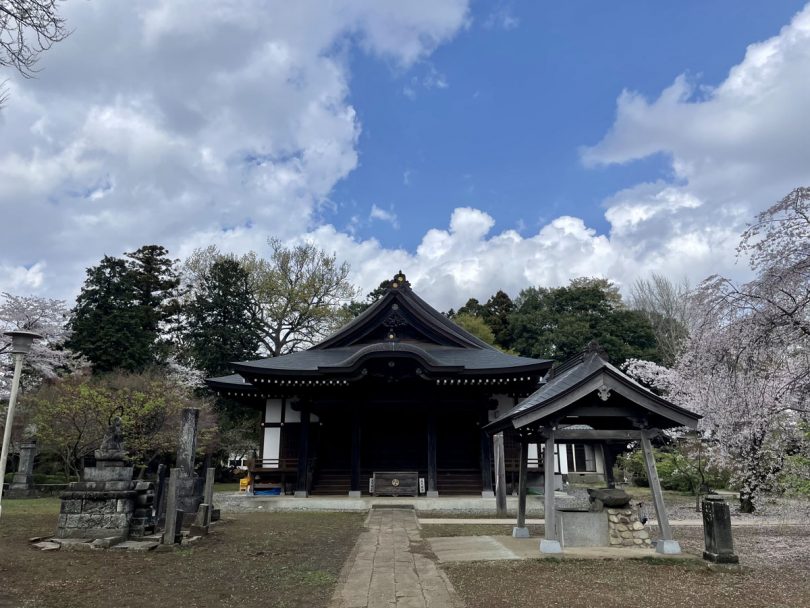
The main hall was rebuilt in the early Edo period (1603-1867), but was restored in 2008 due to deterioration.
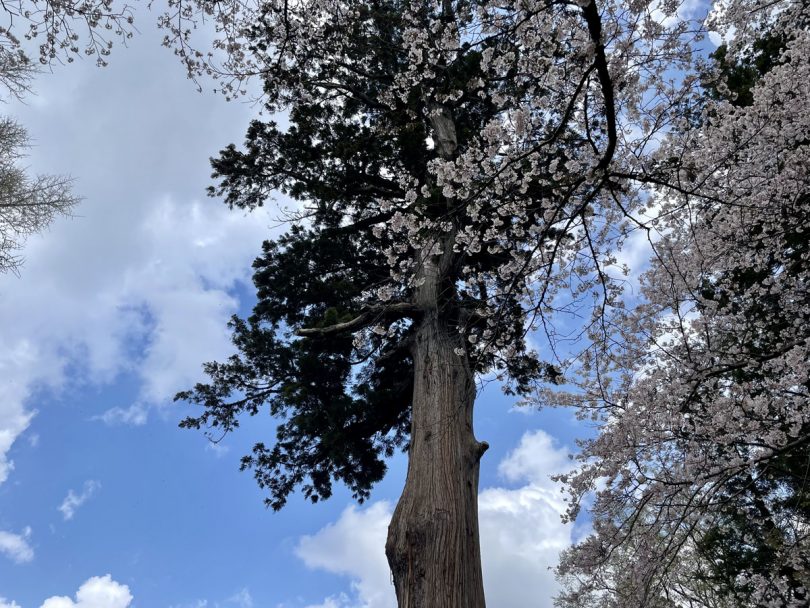
The large cedar tree on the temple grounds is called “Raigosugi,” which is associated with the legend of the badger, Sou-un, a Buddhist ascetic.
After feeling at ease, I decided to go toward the direction of Mizukaido Station.
Stroll around Mizukaido Station
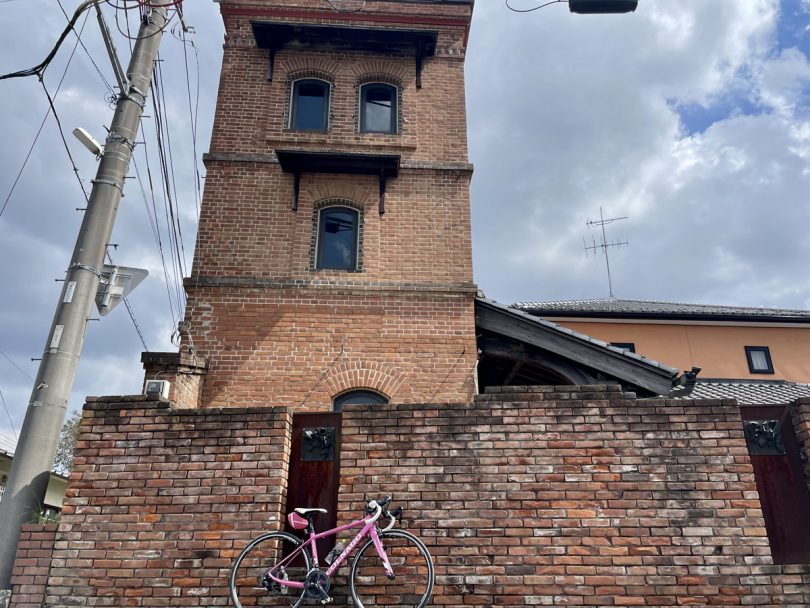
While strolling around the area, I found a retro building.
Gokisou-renga Kura (brick warehouse) is a Meiji era building and is designated as a registered tangible cultural property.

Nisui Kaikan is located in Joso City Library near Mizukaido Station. It is an early Taisho Period building and is designated as a registered tangible cultural property.

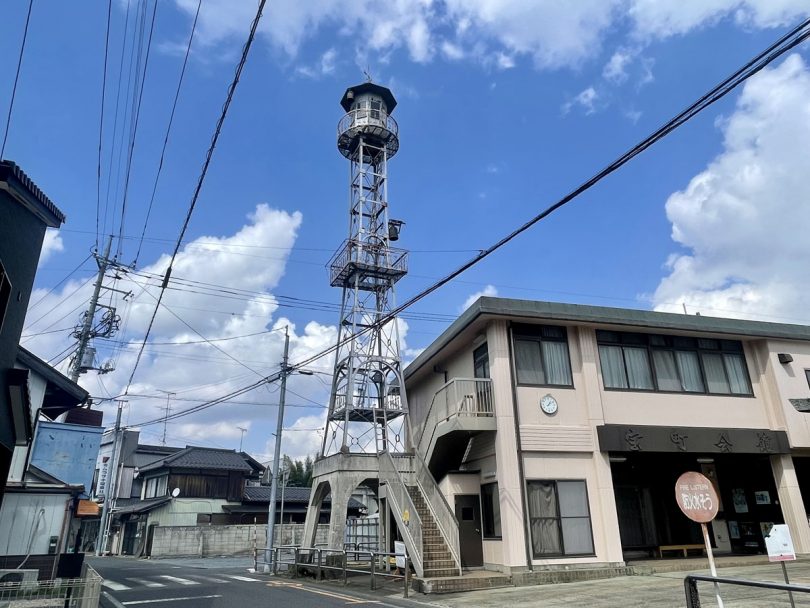
We went around the shopping street in front of the station, which has a retro atmosphere.
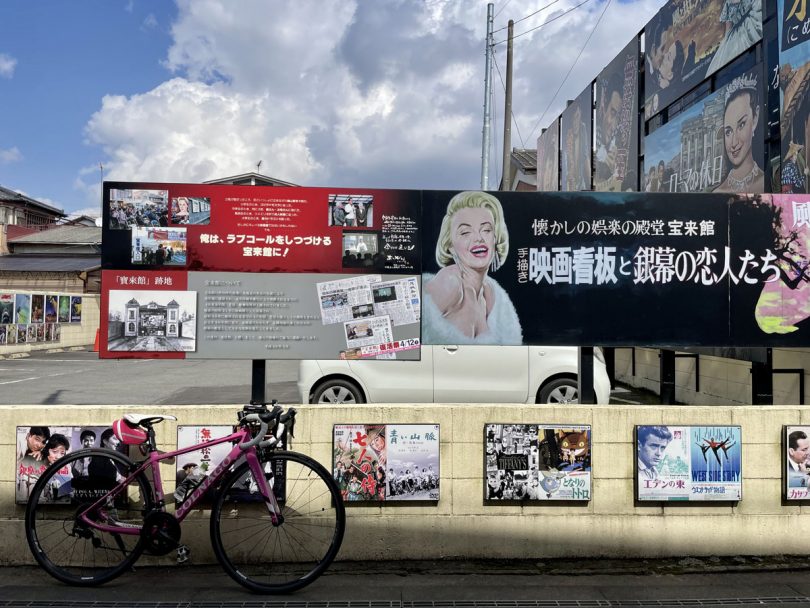
There used to be a movie theater called “Horaikan.” It is now a parking lot.


I heard that an open-air movie festival is held there. I would like to participate in it someday.

A manhole with the city bird “Uguisu (Japanese bush warbler)” on it.

Finally, I stopped by Iori-an.

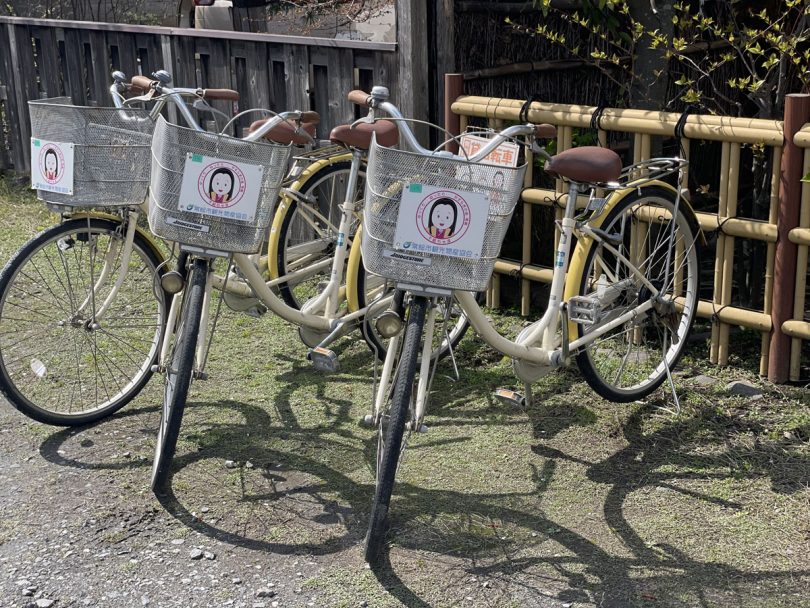
There was a free bicycle rental service called “Chama-chari. ” Anyone over junior high school age can use it.

I bought one as a souvenir. I ate it later, and it was a delicious rice cracker.
Kanto Railway Joso Line Cycle Train
Joso Line operates a cycle train that allows passengers to ride bicycles as they are.
The service section is between Mitsukaido and Ootagou Station on Joso Line, and the hours are from 9:30 a.m. to 2:30 p.m. Bicycles can be ridden free of charge.

I boarded the train from Mizukaido Station.
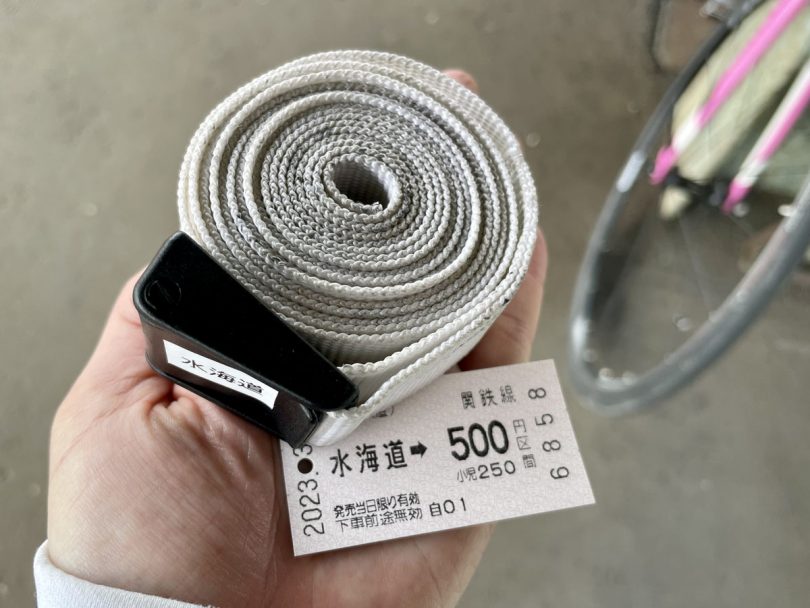
I received a band to secure my bicycle at the counter.
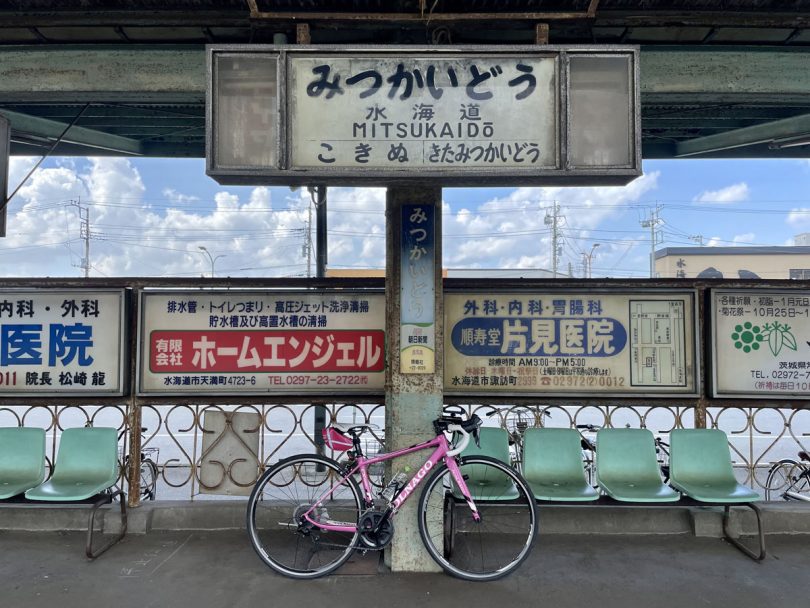

On the train, you can fasten your bicycle to the designated place.

I returned the band to the driver when I got off the train and got off at Ishige Station.
I was excited to take the cycle train for the first time. It will be a great way for beginners to enjoy cycling.
Please note that advance notice is required for group use.
Course Introduction
▼Kanto Railway Joso Line Cycle Train
https://www.kantetsu.co.jp/train/cycle.html
▼Yutakaya
https://www.yutakaya.biz/
▼Joso City Kinugawa River Cycling Road
https://www.city.joso.lg.jp/kurashi_gyousei/kurashi/shisetsu_koukyou/public_transport_institution/cycling/cyclingroad.html
Summary
I cycled about 25km around Joso City and enjoyed the local specialties and the history and culture of the city.
The scenery of nature and the city was wonderful, and the ride was relaxing and pleasant. The cycle train was easy to use, so I hope people will feel free to enjoy the ride.


